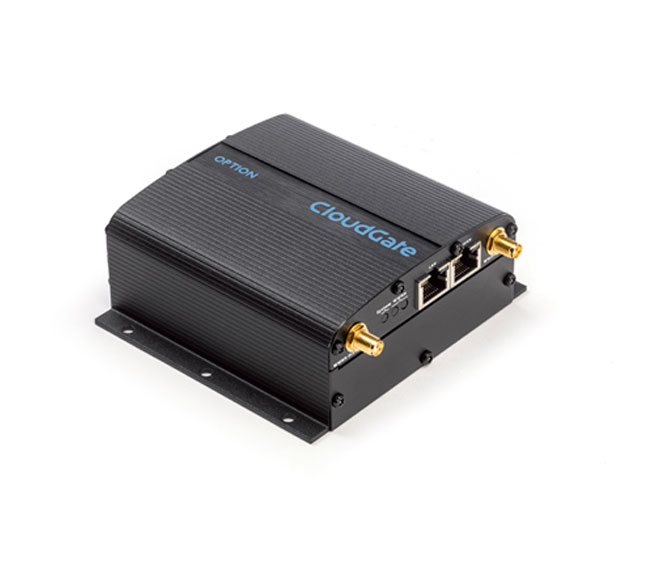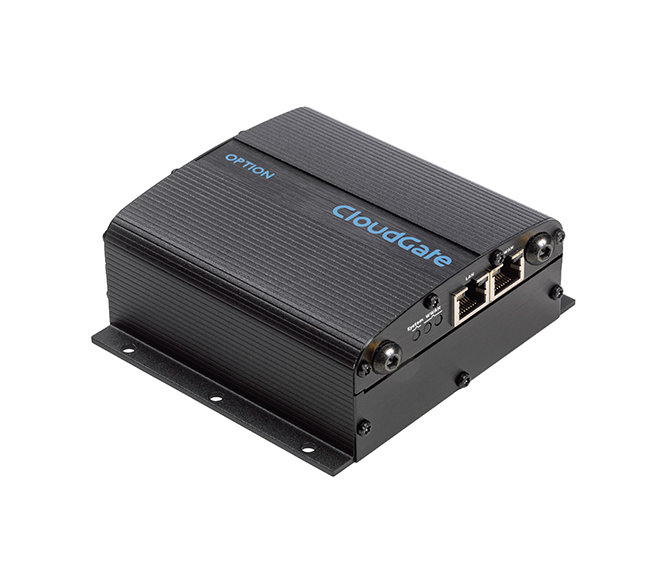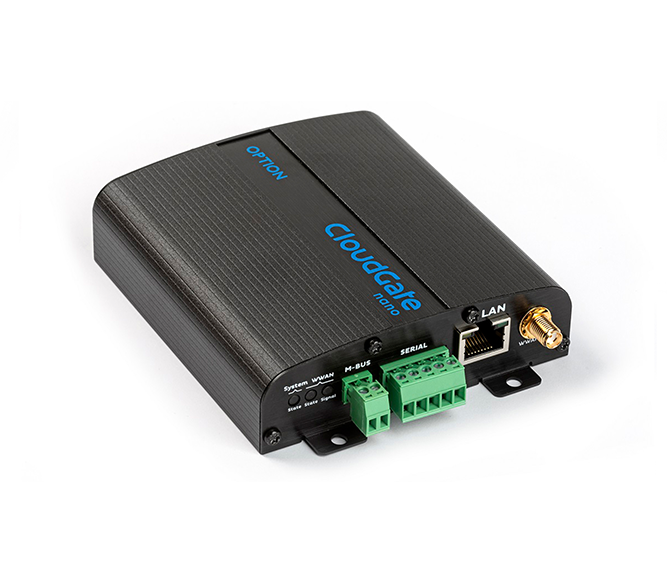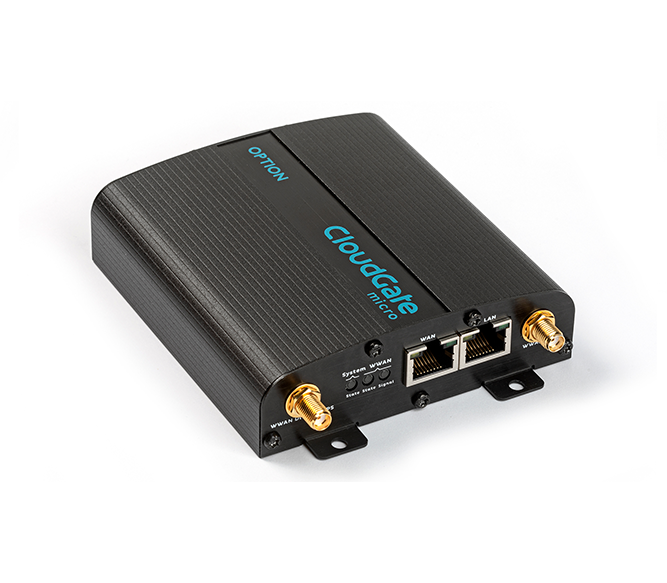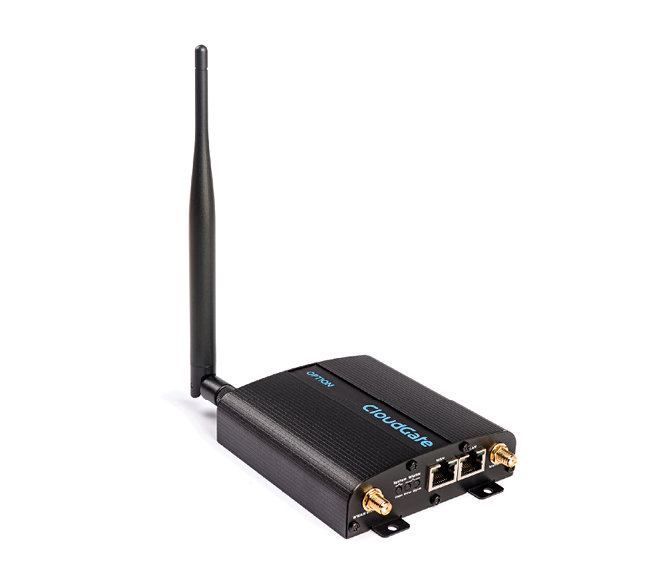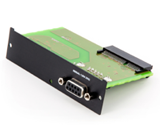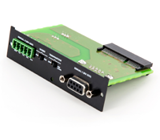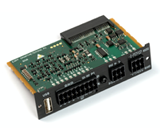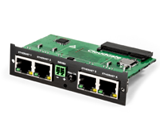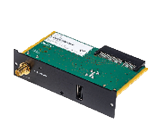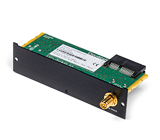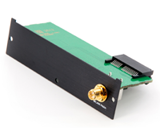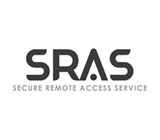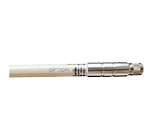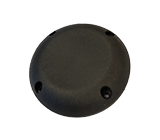The ideal Smart Building & Smart Metering Gateway
CloudGate nano was created with smart buildings in mind. The use of a LTE Cat M1/NB1 modem with high-power chipset ensuring better indoor coverage compared to traditional 2G/3G/4G modems, allows to connect devices deep inside buildings. By adding a Modbus and M-Bus connector it is possible to connect electricity, gas, water or calorie meters but also wired sensors that need to send data to a Cloud platform.
With the powerful LuvitRED program on CloudGate it is very straightforward to create the required data flow on the gateway or to perform edge processing on the data before it is sent to the Cloud. Data reduction through edge processing is vital in case of low bandwith (and higher cost per bit) protocols such as CAT-M or NB-IoT to improve data performance and reduce connectivity cost.
LTE Cat-M or NB-IoT
NB-IoT supports ultra-low complexity devices with very narrow bandwidth of 180 kHz. Due to its narrow bandwidth, the data rate peaks at around 60 kbps (for NB1). On the other hand, Cat-M1 operates at 1.08 MHz bandwidth with higher device complexity/cost than NB-IoT. The wider bandwidth allows Cat-M1 to achieve greater data rates (up to 1 Mbps for cat M1) and lower latency (10 to 15ms vs 1.6s to 10s). The link budget (coverage) for NB-IoT is also higher (164dB) than for LTE Cat M1 (155.7dB) and much higher than LTE Cat 4 (142.7dB) which means that coverage under difficult circumstances (like indoor) is best in Cat-NB1 mode.
Most common use cases of NB-IoT include utility meters and sensors. Typical use cases for Cat-M1 include connected vehicles and alarm panels.
Cat-M1 and NB-IoT are considered future-proof and are viewed as 5G technologies.
